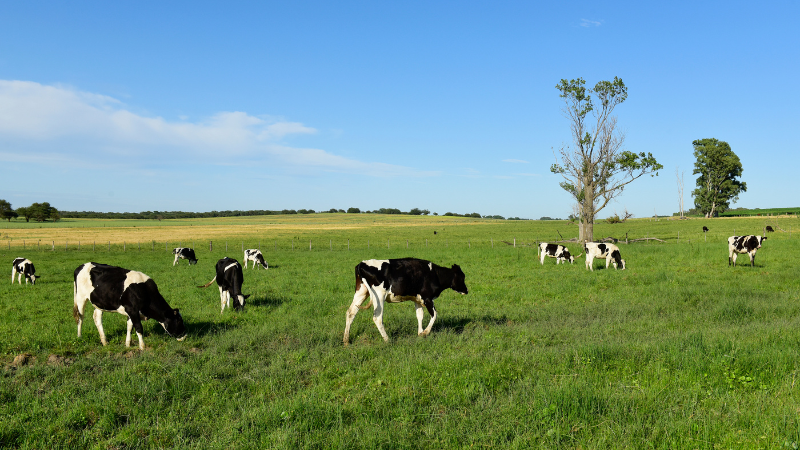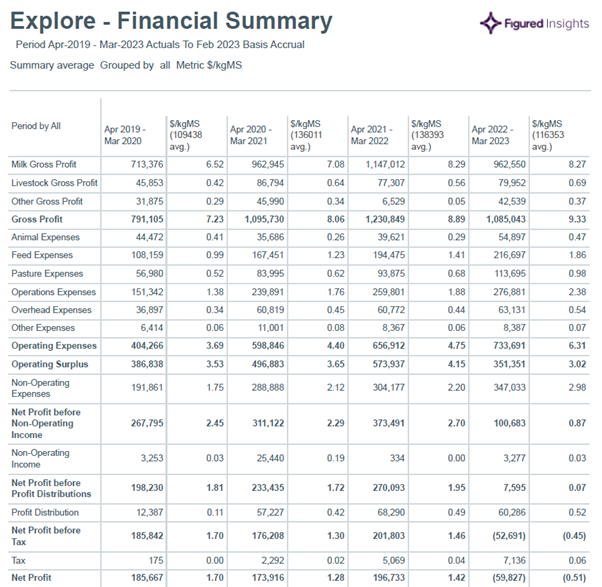
Increased Farm Working Expenses
As farmers you will be very aware that farm working costs have increased significantly in recent years. We thought we would bring you the tale of the tape and have a quick rundown of farm working costs and farm performance for the five-year period from 2019 to 2023.
Over the past three years, the agricultural industry has experienced fluctuations in costs that have impacted farm profitability. Below we will highlight the key findings and provide a comprehensive table comparing the financial results over this period.
To assess the changes in farm working costs, we will focus on the average cost per kilogram of milk solids (KgMs) produced. This analysis is based on the use of Figured Insights, the newest feature in the Figured farm accounting software where your advisors directly compare your farm against other farming properties in the industry.
This metric provides a clear indication of the financial impact on dairy and livestock farmers. Let’s delve into the numbers.
Farm Working Costs Comparison Table:

Key Findings:
Farm working costs have shown significant variations over the period, impacting the overall profitability of farms. The average cost per kilogram of milk solids (kgMs) increased from $3.69 in 2020 through to $6.31 in 2023, representing a significant cost escalation of $2.62 KgMs, or 71.00%.
During the same period gross farm income has increased from $7.23 KgMs to $9.33, an increase of $2.10 KgMs or 29.04%, on the back of a stronger farmgate milk price and red meat returns.
Overall profitability before interest or depreciation costs dropped from $3.53 KgMs in 2020 to $3.02 KgMs in 2023, a drop of $0.51 KgMs.
Let’s look at the main movers:

This highlights the challenges faced by farmers in managing their costs and maintaining profitability in the current agricultural landscape.
The largest expense for many farming businesses is interest costs. We have seen this more than double over the last three years and now on average equates to $2.04 KgMs.
Now more than ever farmers need to be monitoring farming business and making appropriate changes to ensure they are in the best possible place for the future, be it growth, succession or total exit.


